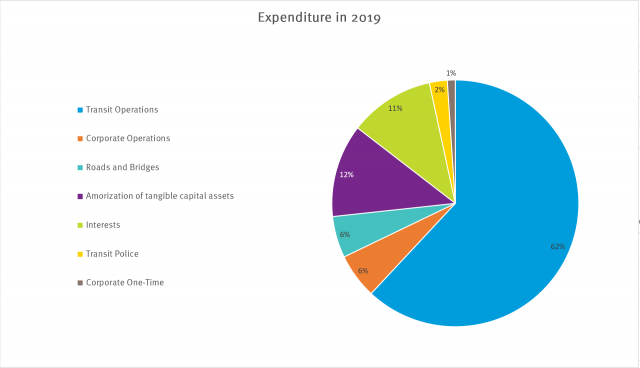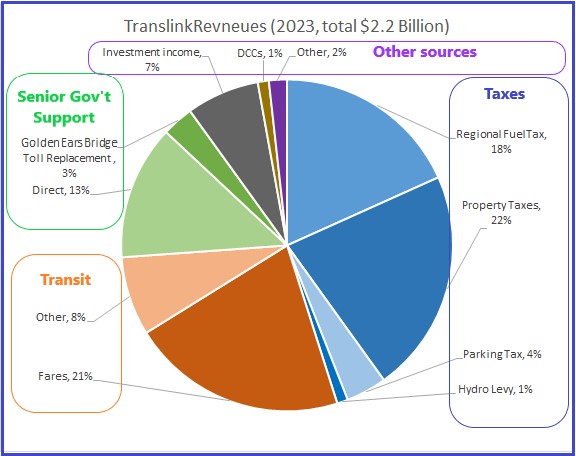I remember how, back in the mid ‘70s, Postmaster General Bryce Mackesey got so frustrated with the constant alternating strikes of the two postal unions that he said “Those bastards just don’t want to work.” Very little has changed since then except for the fact that the post office is far less important in the lives of Canadians today.
Coincidentally, an open letter penned by a postie... aka 'keeping our neighborhoods safe'

Dear Sirs,
I have been a Canada Post Letter Carrier in Winnipeg, MB since 2017. Previously, I had attained my Bachelor of Commerce (Honours), worked as a Marketing Analyst, and held numerous sales positions, with recognition for top sales, outstanding customer service, and mentorship in several industries. Having stayed home to raise our children, while developing a home business, I came to the decision to work as a letter carrier out of a desire to serve the community, bringing a level of maturity and customer service excellence that has been appreciated by business owners and homeowners on my routes.
The management team that took over in 2018 came largely from the private sector, working for companies such as Coca-Cola, and are largely unfamiliar and unaware of the extent of the role we provide. Decisions that are made are done so with no input from employees, and are not in the best interest of Canada Post, its employees or Canadians we serve. The management team felt they had a mandate to modernize Canada Post, with new electric vehicles, a new $400 million plant in the Toronto area, and carbon credits to make Canada Post appear to be climate-friendly, from a marketing perspective. This excessive spending of up to $1 billion per year before improving the revenue stream by diversifying our revenue sources, focus on sales opportunities, and increasing pricing to keep pace with inflation, led to the losses which have been widely publicized.
Labour costs, however, remained flat, as letter carrier wages were frozen since 2018, with no movement in the pay bracket except for two $1/hour increases during the pandemic. The pay bracket was $20 to $28 per hour, and letter carriers would move up the pay bracket once they passed their 400 hour probationary period, at a rate of $1 per hour per year. Once reaching the eighth year post-probation, their wage is capped, with no more increases, for the length of their career, unless a new contract is agreed to by CUPW and Canada Post. At the time of the strike, letter carriers earned between $22 and $30 per hour.
The current probationary period of 400 hours takes about 18 months to accumulate. The turnover rate for new staff is dismally high, with up to 80% quitting or being dismissed before reaching 400 cumulative hours. These new carriers would never have qualified for benefits or pay increases before leaving Canada Post.
Management intends to raise the probationary period to 1000 hours, which could take 3 to 4 years, which means constant recruitment, training, and more carriers earning the bottom of the pay scale, with no benefits.
Labour costs are not the reason for Canada Post’s increased expenses, since this management team started in 2018. The main reason the massive increase in expenses, and resulting losses, is the mega projects, which management felt they had a mandate to pursue, in the interest of modernizing Canada Post.
Meanwhile, Canada Post Management petitioned the federal government to lift salary caps for management, in order to attract more executive talent. Moreover, management qualifies for bonuses, which are not dependent on profitability.
Compared to other delivery companies, such as UPS, FedEx, and DHL, Canada Post Letter Carriers earn up to 30% less, while we are the ones who walk up to 25 km per day, in addition to delivering parcels, which can take a toll, as injury rates are among the highest, compared to other professions
Here are some of the qualitative aspects of the role we provide:
The role we serve is vital for our communities. We’re the first to know if something’s not quite right – an open screen door, a broken window, graffiti, or even a garage fire – all have happened on my routes.
We may be the first responder in an emergency, a senior has gotten lost on their walk, or a homeowner in crisis is unble to call for help.
We’re the first to know if a homeowner has had a death in the family, is renovating a second house down the street, or if they’re planning a move. We let people know about our relocation and hold services, to ensure they get their mail at their new house, and their personal information and parcels are kept safe while they’re away.
We recognize when someone’s mail is misaddressed, and we can easily get it to its intended recipient, since we know our routes.
We’re the first ones to see if another delivery company has tossed a parcel on someone’s sidewalk and driven away, while the homeowner is completely unaware. On a typical day, I come across eight to ten parcels that had been left in front of a house, and I am the one who rings and knocks to let the homeowner know. Most people are home at the time and appreciate me for letting them know.
We are not just labourers. We are grossly undervalued by our own management; yet, we are highly valued by the neighbourhoods we serve. Our daily actions in taking care of our communities have earned us the coveted reputation as Canada‘s most trusted workforce – putting us above firefighters and nurses! Warm and fuzzy Instagram posts do not build the Canada Post “brand.” We do!
The giant tech companies like Amazon, Google, and Meta are so highly valued, because the most valuable thing that they have is customer data – in a creepy way, they know all about you. For Canada Post, it is our 55,000 letter carriers in communities across the country that know you, in a very personal way.
Those personal relationships are key in delivering excellent customer service, well beyond stuffing envelopes in boxes. We are the only shipping company that delivers to every address across the country, every day. We can never take for granted our exclusive responsibility for your mail – it is a privilege to serve our neighbourhoods.
As I like to say to the business owners on my route, “I am your shipping department” – I am grateful for the trust placed in me and Canada Post for handling their incoming and outgoing shipments, while they serve their customers. It is a pleasure to know the homeowners on my route, and to help keep the neighbourhood safe.
On behalf of 55,000 Canada Post Letter Carriers, thank you for welcoming us as a valued member of the community – we are proud to serve!
Sincerely,
Your Friendly Neighbourhood Letter Carrier





